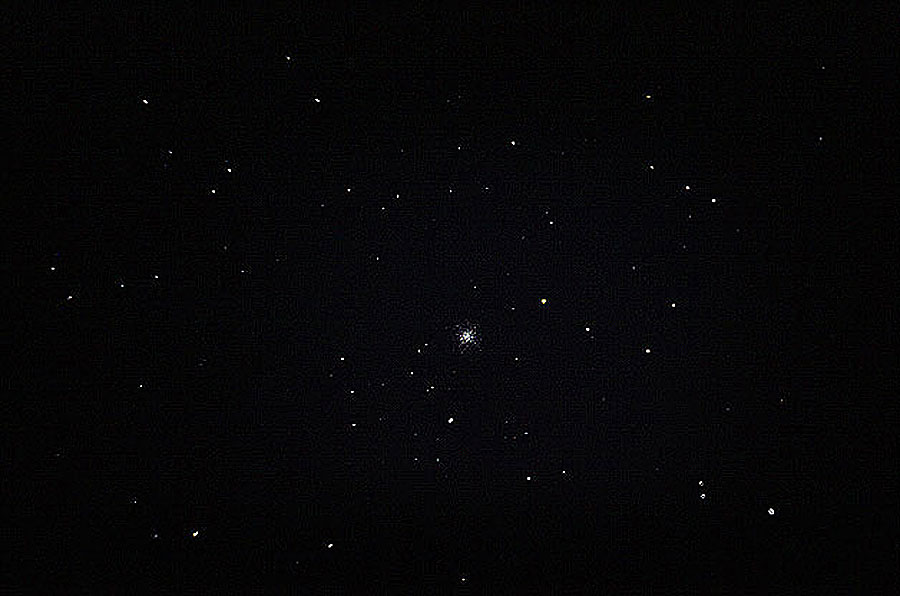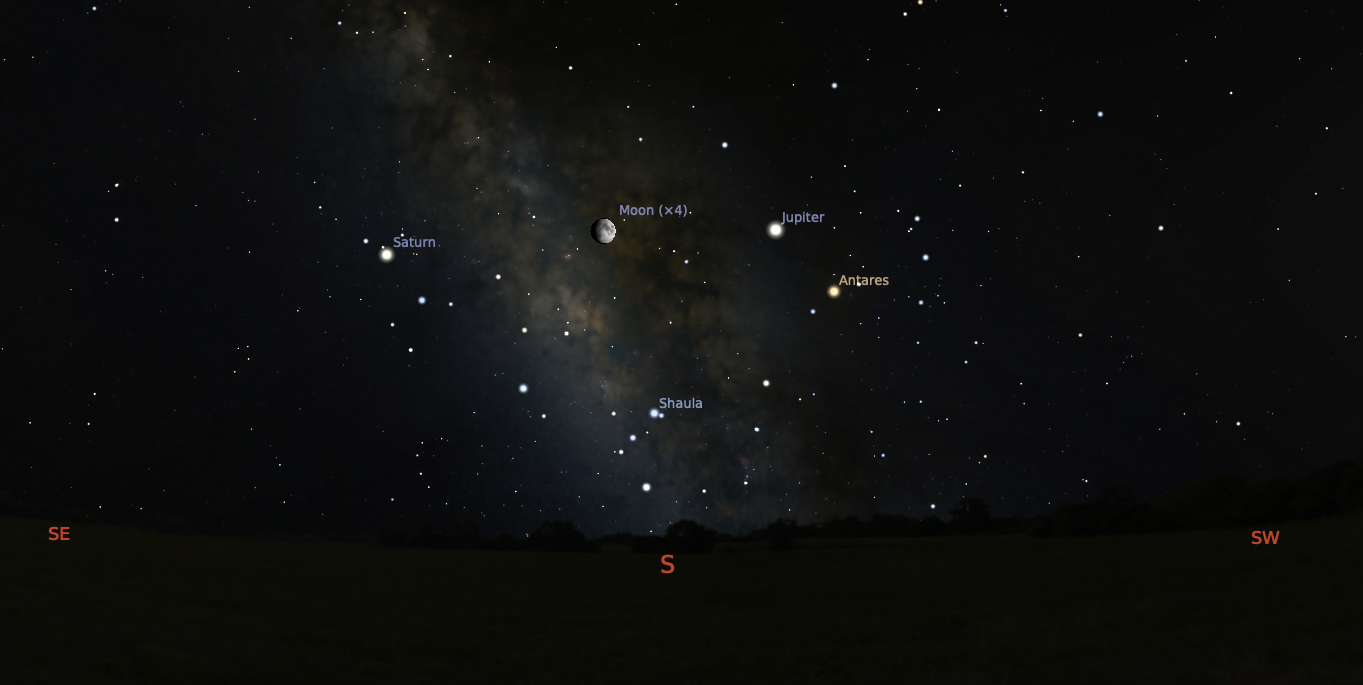The object discussed in this article, Terzan5, was featured as the Astronomy Picture of the Day, APOD for 21 September, 2016 Astronomy Picture of the Day

This Hubble Space Telescope image shows the star cluster Terzan 5. The bright, red-orange stars are the old, evolved Pop II stars that date back to the early universe. Image credit: F. Ferraro / NASA / ESA / ESO.
In a few articles I’ve touched upon a poorly understood class of objects known as Globular Clusters. These objects and the stars in them are galactic relics, timeposts that hearken back to a much earlier epoch in the galaxy’s history, indeed, in some cases, to the very beginnings of the universe.
I’m fascinated with relics as they have a story to tell, a deep story of something very old, of a long-gone epoch, a bridge, if you will, back to a time when the universe was much younger -and much different. Globular clusters are populated with very old stars, each a relic unto itself with a story to tell of a time when the universe was much younger.
The stars in them are what is known as early Population II stars and are among the very first stars ever formed. Just as a reference, the sun is a Population II star, slightly less than 5 Gyr (billion) years of age.
Messier-13 as imaged by this author. Exposure: 7 minutes, Film: High-Speed Ektachrome (400 ASA), Instrument: 15 cm (6″) F/4.2, image circa 1986. The brightest stars in this object, seen as tiny pinpoints, are evolved Pop. II stars, some much older than the sun that are burning helium in their cores to produce energy. In some cases, these stars rank as the oldest stars in the universe. Click the image for a larger view.
With brilliant blue-white Vega due east, M-13 is still well placed at almost 9:00 PM (EDT). Image via Stellarium.
There are a few rather famous examples of these objects such as the great Globular Cluster Messier (M)-13 in the constellation Hercules. This object is a favorite of amateur astronomers and is visible with a pair of binoculars. A minimum of a 15 cm (6″) diameter telescope is necessary to resolve some of the brighter member stars. These stars, the ones visible with such a telescope, would be those stars mentioned above, the Pop. II stars. These stars in some instances are no longer using hydrogen to produce energy but are evolving towards the helium burning stage of their evolution.
In a recently published, related piece, I had discussed my visual observations back in 2012 of the most distant globular cluster, New General Catalog (NGC) 2419. Located in the northern circumpolar constellation Lynx, this object is 10% the distance to the next major galaxy to our Milky Way, our neighbor, Messier (M)-31, the Great Spiral Galaxy in Andromeda.
The subject of this article is another such enigmatic object, Terzan 5. Located 19,000 light-years away in the constellation of Sagittarius and placed due west of the galactic center, it is unusual for a variety of reasons.
It is a globular star cluster set against the galactic center in Sagittarius, a cluster where we observe the very same type of ancient stars, stars such as Arcturus, stars that have evolved, exhausting their compliment of hydrogen and have begun helium fusion.
Arcturus, one of the five brightest stars in the sky and the principal star in Bootes the Herdsman (it looks more like a giant kite rather than a man-like figure in the sky), beckons red-orange, warm, bright and friendly in our sky because it is a mere 37 light years distant; it is these stars, the evolved, red-giant stars that populate globular clusters, objects such as Terzan 5, that allow us to see them at such enourmous distances.
Using the ESO’s (European Southern Observatory’s) Very Large Telescope at Paranal, the NASA/ESA Hubble Space Telescope and the twin ten-meter Keck Telescopes on Mauna Kea, a just concluded study led by Dr. Francesco Ferraro from the University of Bologna, Italy, has revealed that Terzan 5 is like no other globular cluster known; the study has revealed an unusual mix of stars in the cluster.
This object resembles a globular cluster, but is like no other such object, and is in fact one of the Milky Way’s galactic bulge’s primordial building blocks, most likely a relic from our galaxy’s early history. Terzan 5 contains two distinct populations of stars, younger Pop I and II stars with ages at 4.5 billion years (Gyr) and ancient stars with ages greater than 12 billion years (Gyr) . The former population of stars are at similar ages as the sun whilst the older stars, the late Pop. II stars, date back to the very first stars formed, highlighting two distinct periods of star formation separated by 7 billion years. Secondly, due to the dense gas and dust present in the direction of the galaxy’s center, only a few globular clusters are visible here, obscured from view by the intervening gas and dust. The big, unanswered question is what caused the two distinct periods of star formation separated by 7 billion years. Said Dr. Davide Massari, from INAF in Italy and the University of Groningen in the Netherlands:
This requires the Terzan 5 ancestor to have large amounts of gas for a second generation of stars and to be quite massive — at least 100 million times the mass of the Sun.
In a as-yet to be understood dynamic, Terzan 5 has managed to survive billions of years of disruption and has been preserved as a remnant of our galaxy’s distant past.
A view towards the S-SSW tonight at about 9:00 EDT illustrating the position of Saturn, the waxing gibbous moon and Jupiter set against the Galactic Center. Terzan 5 (not visible) is approximately one degree west of brilliant Jupiter. Image via Stellarium.
This video depicts what it might look like to travel from the Earth to the globular cluster Terzan 5, ending with an image of the cluster produced with the Hubble Space Telescope. This star cluster was recently found to contain not only stars formed in the early days of our Milky Way Galaxy, but also, quite surprisingly, others that formed in a separate burst of star formation about 7 billion years later.







One thought on “Galactic Relic Globular Cluster Terzan5”